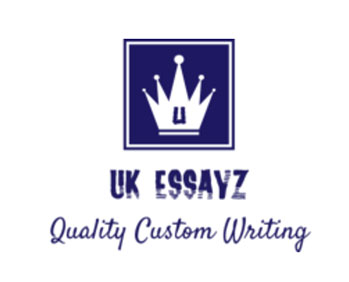9/8/2021 Writing Leads // Purdue Writing Lab
https://owl.purdue.edu/owl/subject_specific_writing/journalism_and_journalistic_writing/writing_leads.html 1/4
Welcome to the Purdue OWL
https://owl.purdue.edu/owl/subject_specific_writing/journalism_and_journalistic_writing/writing_leads.html
This page is brought to you by the OWL at Purdue University. When printing this page, you must include the entire legal notice.
Copyright ©1995-2018 by The Writing Lab & The OWL at Purdue and Purdue University. All rights reserved. This material may not be published, reproduced, broadcast, rewritten, or redistributed without permission. Use of this site constitutes acceptance of our terms and conditions of fair use.
How to Write a Lead
Introduction
The lead, or opening paragraph, is the most important part of a news story. With so many sources of information newspapers, magazines, TV, radio and the internet audiences simply are not willing to read beyond the first paragraph (and even sentence) of a story unless it grabs their interest. A good lead does just that. It gives readers the most important information in a clear, concise and interesting manner. It also establishes the voice and direction of an article.
TIPS FOR WRITING A LEAD
?. The Five Ws and H: Before writing a lead, decide which aspect of the story who, what, when, where, why, how is most important. You should emphasize those aspects in your lead. Wait to explain less important aspects until the second or third sentence.
?. Conflict: Good stories have conflict. So do many good leads. ?. Specificity: Though you are essentially summarizing information in most leads, try to be specific as
possible. If your lead is too broad, it wont be informative or interesting. ?. Brevity: Readers want to know why the story matters to them and they wont wait long for the answer.
Leads are often one sentence, sometimes two. Generally, they are 25 to 30 words and should rarely be more than 40. This is somewhat arbitrary, but its important especially for young journalists to learn how to deliver information concisely. See the OWLs page on concise writing
https://owl.purdue.edu/owl/general_writing/academic_writing/conciseness/index.html
https://owl.purdue.edu/owl/general_writing/academic_writing/paramedic_method.html
9/8/2021 Writing Leads // Purdue Writing Lab
https://owl.purdue.edu/owl/subject_specific_writing/journalism_and_journalistic_writing/writing_leads.html 2/4
(../../general_writing/academic_writing/conciseness/index.html) for specific tips. The Paramedic Method (../../general_writing/academic_writing/paramedic_method.html) is also good for writing concisely.
?. Active sentences: Strong verbs will make your lead lively and interesting. Passive constructions, on the other hand, can sound dull and leave out important information, such as the person or thing that caused the action. Incomplete reporting is often a source of passive leads (../../general_writing/academic_writing/active_and_passive_voice/index.html).
?. Audience and context: Take into account what your reader already knows. Remember that in todays media culture, most readers become aware of breaking news as it happens. If youre writing for a print publication the next day, your lead should do more than merely regurgitate yesterdays news.
?. Honesty: A lead is an implicit promise to your readers. You must be able to deliver what you promise in your lead.
WHAT TO AVOID
?. Flowery language: Many beginning writers make the mistake of overusing adverbs and adjectives in their leads. Concentrate instead on using strong verbs and nouns.
?. Unnecessary words or phrases: Watch out for unintentional redundancy. For example, 2 p.m. Wednesday afternoon, or very unique. You cant a?ord to waste space in a news story, especially in the lead. Avoid clutter and cut right to the heart of the story.
?. Formulaic leads: Because a lot of news writing is done on deadline, the temptation to write tired leads is strong. Resist it. Readers want information, but they also want to be entertained. Your lead must sound genuine, not merely mechanical.
?. It: Most editors frown on leads that begin with the word it because it is not precise and disorients the reader.
TYPES OF LEADS
Summary lead: This is perhaps the most traditional lead in news writing. It is often used for breaking news. A story about a city council vote might use this just the facts approach. Straight news leads tend to provide answers to the most important three or four of the Five Ws and H. Historically this type of lead has been used to convey who, what, when and where. But in todays fast-paced media atmosphere, a straightforward recitation of who, what, when and where can sound stale by the time a newspaper hits the stands. Some newspapers are adjusting to this reality by posting breaking news online as it happens and filling the print edition with more evalu








Recent Comments